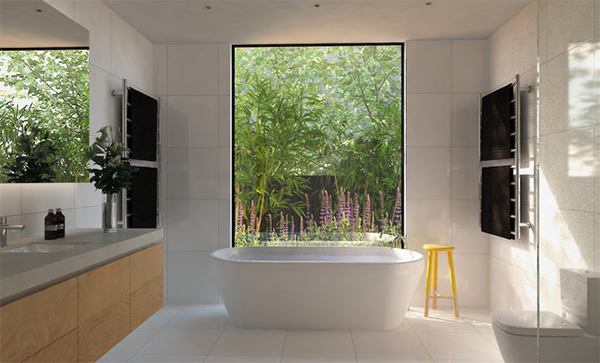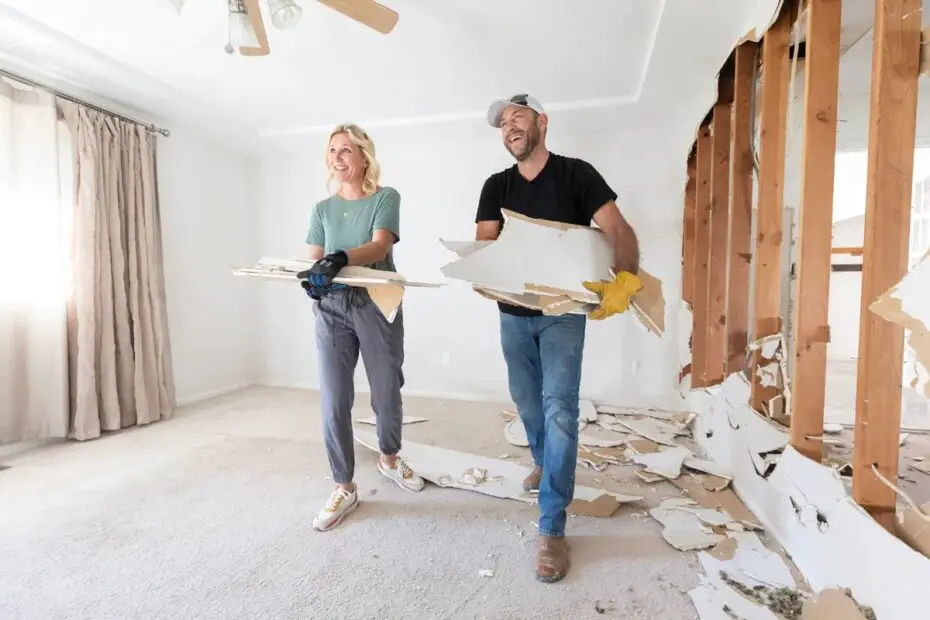Your dream bathroom oasis may evoke images of serene spas, yet functionality and durability are essential in this bustling space. Overlooking practicality, whether due to an awkward layout or insufficient storage, can lead to post-design remorse.
In a survey of over 1,000 individuals*, half expressed frustrations with their bathrooms. To mitigate such regrets, we offer expert advice on avoiding or remedying common mistakes.
For Which? members, we unveil insights into bathroom brands, ranking them based on value for money, quality, durability, and delivery performance.
1. Not having a separate shower enclosure
Among those surveyed, approximately one in seven (14%) lamented the absence of a separate shower enclosure as their primary concern.
In the typical bathroom layout, the bath or shower often takes center stage. However, space constraints frequently force a choice between incorporating a bath (or shower-bath hybrid) and installing a distinct shower enclosure.
When making this decision, consider your daily rituals, assessing the necessity of bathing versus its occasional indulgence. Also, factor in the present and future needs of your household members.
Accessibility and safety emerged as prominent worries for respondents lacking a separate shower enclosure. One participant remarked, “The shower over the bath is becoming increasingly cumbersome with age.”
For those grappling with mobility issues, alternatives like walk-in baths with side doors or shallow tubs offer viable solutions. Additionally, various bathing aids such as bath boards, seats, and non-slip mats present affordable remedies.
Another 6% of participants cited dissatisfaction with the size of their shower enclosure. Hence, it’s prudent to carefully gauge spatial requirements before committing to a design. Marking out the area beforehand can offer valuable insights into the anticipated feel of the space.
2. Inadequate bathroom ventilation

For 12% of respondents, inadequate ventilation proved to be a major frustration in their bathrooms.
Given that bathrooms contribute significantly to household moisture, effective ventilation is paramount to combat condensation and thwart mold growth. Mold not only mars aesthetics but also wreaks havoc on surfaces like walls, ceilings, and fixtures, posing health risks as well. Organizations like Asthma UK caution that mold and dampness exacerbate respiratory conditions.
To enhance ventilation, ensure to open windows or activate extractor fans during showers. If reliance solely on windows proves insufficient and issues persist, installing an extractor fan is advisable. Utilize resources like Which? Trusted Traders to locate qualified electricians for installation.
In the case of renovating a windowless bathroom plagued by ventilation woes, contemplate the feasibility of adding a window. Assess its placement for optimal airflow and convenience in operation.
Furthermore, adopting practices to mitigate moisture buildup is imperative. Routinely wipe down surfaces post-shower or bath to remove excess moisture. Employing tools like squeegees or window vacuums can expedite the drying process, contributing to a drier, healthier bathroom environment.
3. Not enough built-in storage
Finding ample storage space for all your bathroom essentials can be a common challenge. In fact, one in 10 individuals surveyed cited a lack of built-in storage as their primary bathroom regret.
When updating or renovating your bathroom, seizing the opportunity to integrate additional storage solutions is key. Incorporating features like a vanity unit during the redesign phase can preemptively address storage woes. Later on, finding standalone products that seamlessly complement your bathroom design or fit into available spaces might prove more challenging.

Assess your current storage needs and envision where additional storage could be beneficial. Reflect on the frequency of use for various items and prioritize easy accessibility. For example, consider whether you’ll be storing essentials like clean towels or spare toilet rolls in the bathroom itself.
Furthermore, deliberate on whether you prefer a clutter-free environment with everything neatly tucked away or if you appreciate having some items displayed for easy access or aesthetic appeal. By considering these factors during the design phase, you can optimize both functionality and aesthetics in your bathroom space.
4. The design or quality of bathroom units, products or furniture
Whether embarking on a full-scale bathroom renovation or simply updating fixtures and fittings, prioritizing design and quality is crucial.
For 6% of respondents, dissatisfaction with this aspect of their bathroom proved to be their primary frustration. Feedback from bathroom owners highlights issues such as worn bath panels, swollen and discolored cabinet doors, and malfunctioning taps.
In situations where a complete overhaul isn’t feasible, opting to replace old taps or the toilet can offer a simpler and more cost-effective solution to revitalizing your bathroom.
When selecting bathroom furniture, prioritizing quality is paramount to avoid future regrets. Cabinets and vanity units must withstand the rigors of daily use, as well as exposure to steam, condensation, and water splashes. Investing in durable, high-quality pieces ensures longevity and satisfaction with your bathroom space.
5. Impractical bathroom layout
A fraction of respondents, approximately 4%, identified the layout of their bathroom as their primary source of frustration.
When contemplating alterations to your bathroom layout, it’s essential to initially assess the positioning of key features such as waste pipes, boilers, and electrical wiring. While reconfiguring these elements is possible, it often entails significant additional costs.
For those renovating on a budget yet seeking layout improvements, exploring smaller-scale modifications can be beneficial. Consider options like shallow cupboards, adjusting the size of fixtures and fittings, or repositioning freestanding items to optimize space utilization.
Among the grievances expressed regarding bathroom layout, many cited constraints imposed by limited space. While expanding the bathroom footprint may not be feasible for everyone, seeking inspiration from resources like our small bathroom ideas page can offer creative solutions.
Engaging a bathroom specialist to assist with design and layout considerations, tailored to your budget, is advisable. Utilize our guidance on finding a reputable bathroom fitter and leverage resources such as Which? Trusted Traders to connect with qualified professionals in your vicinity.

